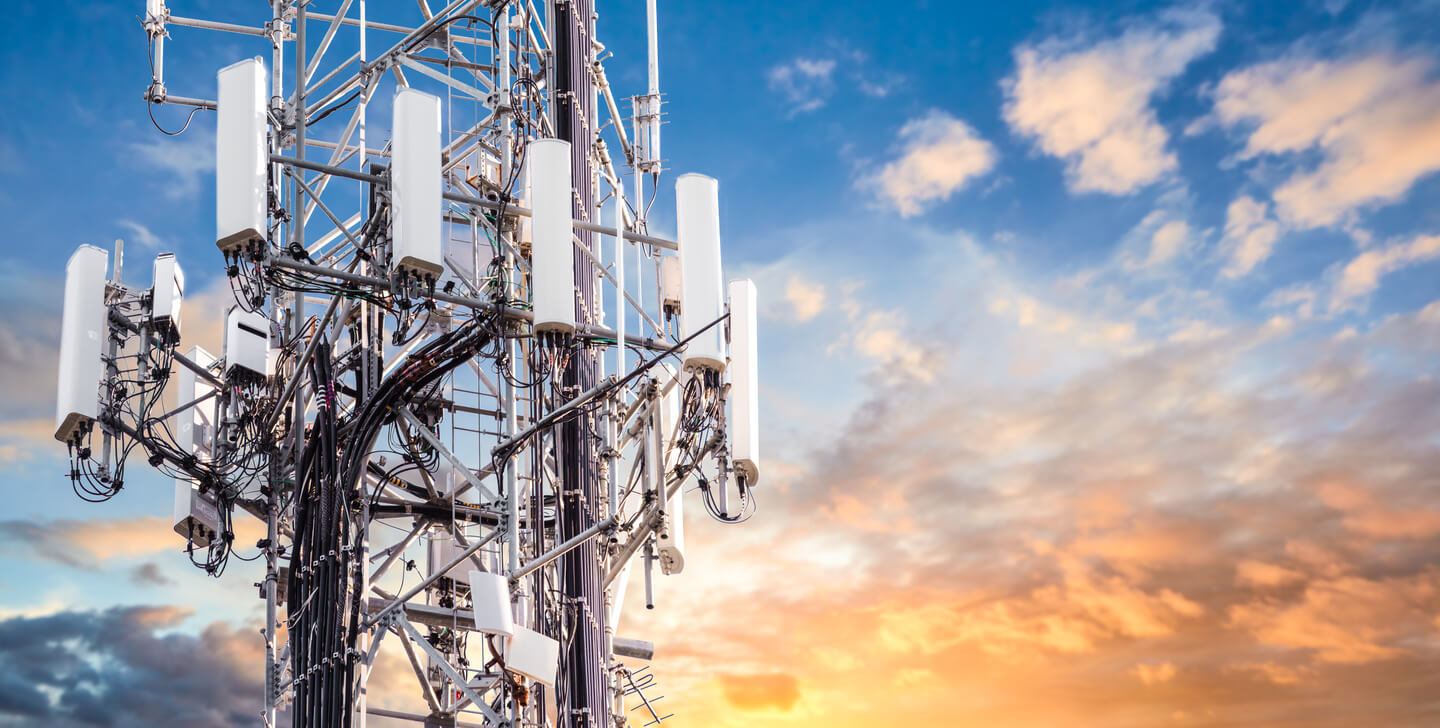Are usually safest distance coming from a 5G cell Tower?

If you've ever been through a city, you may have seen tiny cell towers for 5G on street light poles. They look like little boxes however, they're actually transmitting wireless signals from cellular providers to your phone.
These smaller towers are replacing larger specially-designed cell towers. While they're less noticeable, they still can create problems for those who live nearby.
what is a safe distance from a 5g cell tower is the of the FCC's Radiation Exposure Thresholds
The FCC's Radiation Exposure Thresholds establish the safe limit at which a person can be exposed to electromagnetic energy from wireless devices. The exposure limits are based on research which prove that electromagnetic energy could cause harm to health.
The specific absorption rate (SAR) is an indication of the amount of radiofrequency energy absorption by tissues. It's typically 1.6 milliwatts per kilogram averaged over one Gram of tissue.
However, because 5g transmits at higher frequencies and has the potential to increase the intensity of energy on the skin as well as other body parts. This can result in many potential harms, including exacerbated development of skin diseases like dermatitis, skin cancer and cataracts.
Because of the potentially negative effects of 5G radiation, PSU has chosen to set a general localized maximum power density of four MW/cm2 measured on 1cm2, and not to exceed 30 minutes, for all 5G services running at 3000 GHz. This localized limit is consistent with the peak SAR spatial-average of 1.6 W/kg, which is averaged over 1 grams of tissues at six GHz.

The FCC's Maximum Exposure Thresholds
If you've ever used a mobile phone, you probably know that the safest range from the tower should be at least 400 meters away. what is a safe distance from a 5g cell tower is due to the transmitting power of a cell tower increases dramatically the further away you are from it.
While it sounds like something that's good however, those living close to towers might be more prone to health problems. For instance, a 2014 study in India discovered that people who lived within 50 meters of cell towers had much more health problems than those living further distance from them.
However, this study also revealed that those who relocated to areas that were further from the cell towers saw their symptoms return to normal within a few days. Studies have also shown that exposure to high frequencies of radiofrequency electromagnetic fields (EMFs) can cause cancer, brain tumors, and other health problems.
This is due to the fact that the RF radiation utilized in wireless communications, can penetrate the human body's exterior layer, called the skin. safe distance from cell tower is crucial to know because the skin acts as a protective barrier against injuries caused by mechanical forces, infections from pathogenic microorganisms, as well as infiltration of toxic substances. The skin is the largest organ in the human body and is responsible for keeping the integrity of other organs.
The FCC's Minimum Exposure Thresholds
The FCC's Minimum Exposure Thresholds are based on many assumptions that aren't supported by scientific evidence. These include the erroneous belief that exposures to RF radiation is safe due to minimal absorption into body (i.e., tissue heating).
This assumption does not take into account the greater penetration of ELF components of modulated RF signals, as well as the effects on the body of short bursts generated by RF waves that are pulsed. These assumptions are not in line with the current understanding of biological consequences of RF radiation, and thus, they should not be used for health protective exposure guidelines.
In addition, the ICNIRP and FCC restrict the maximum limits of exposure to peak local SARs, based on the maximum speed of spatial absorption (psSAR) that is an inadequate dosimetric tool to assess the amount of exposure to radiofrequency radiation. In particular it is inconclusive when frequencies exceed 6 GHz. In addition, psSAR is not been tested for RF radiation exposed to other environmental agents , such like sunlight. In the event of interactions, RF radiation and other environmental agents may produce synergistic or antagonistic impacts. This could result in an increased risk of negative health consequences. For example, exposure to RF radiation with sunlight may cause an increase in the incidence of skin cancer, and may also exacerbate other skin conditions like acne.
